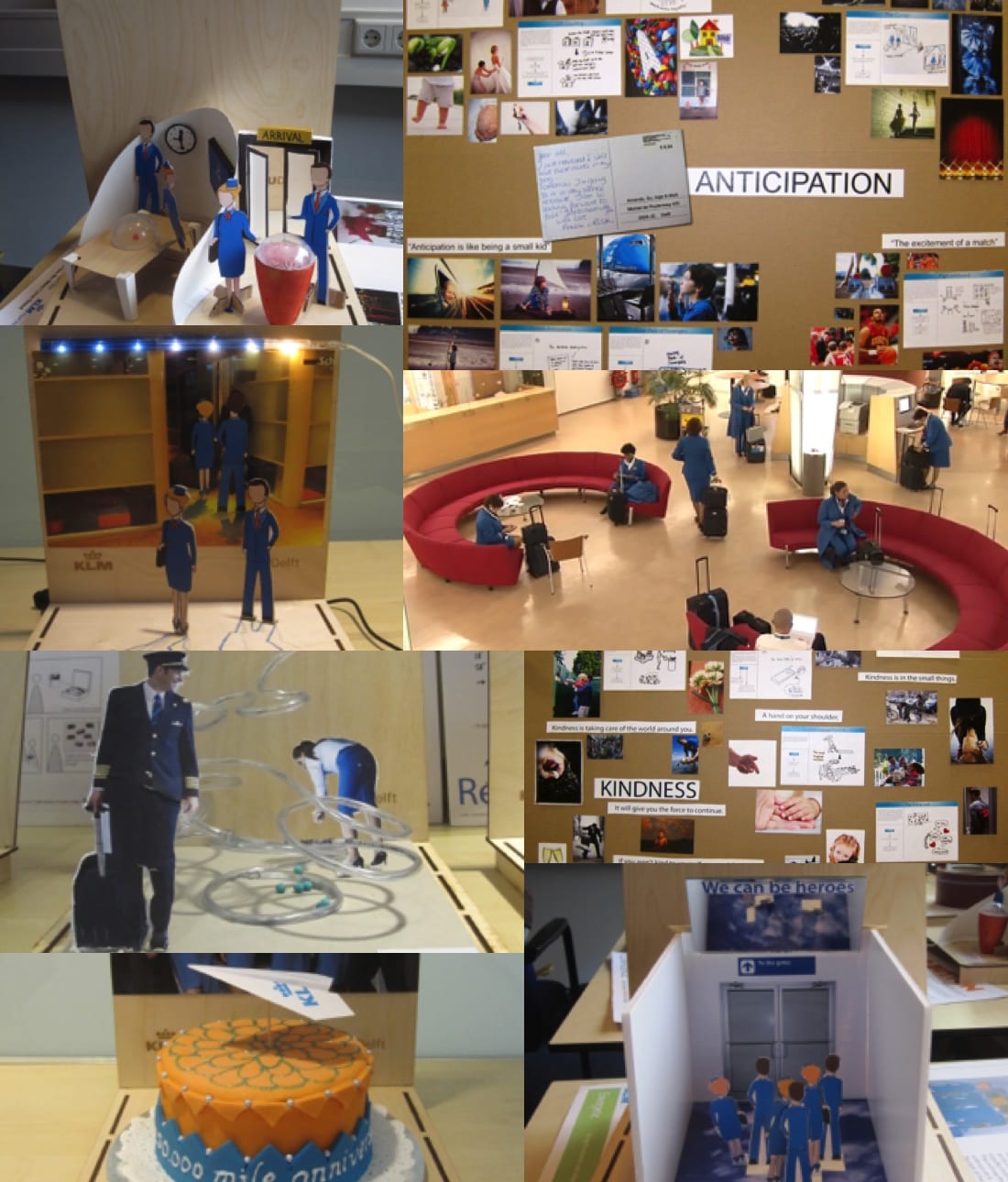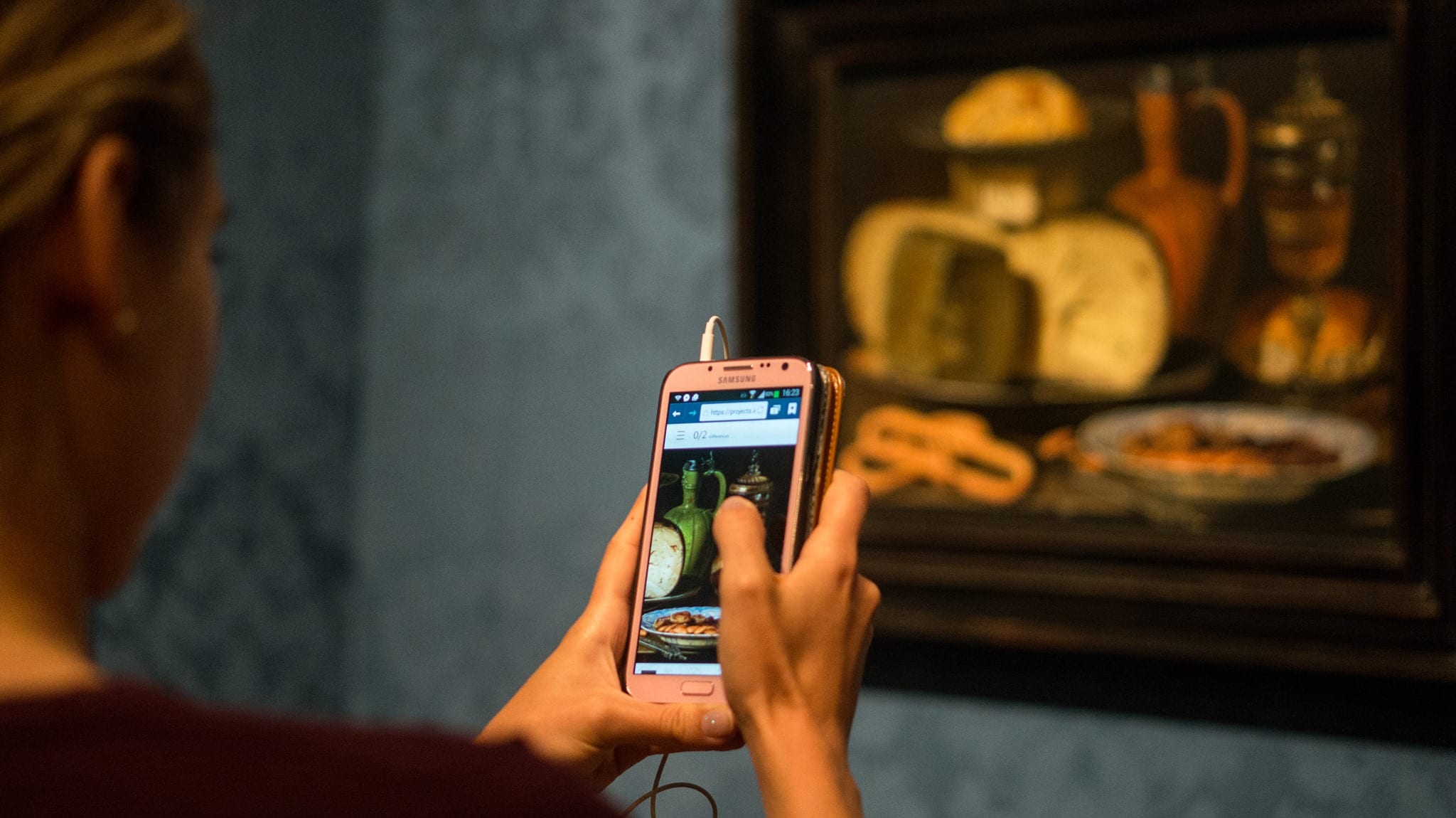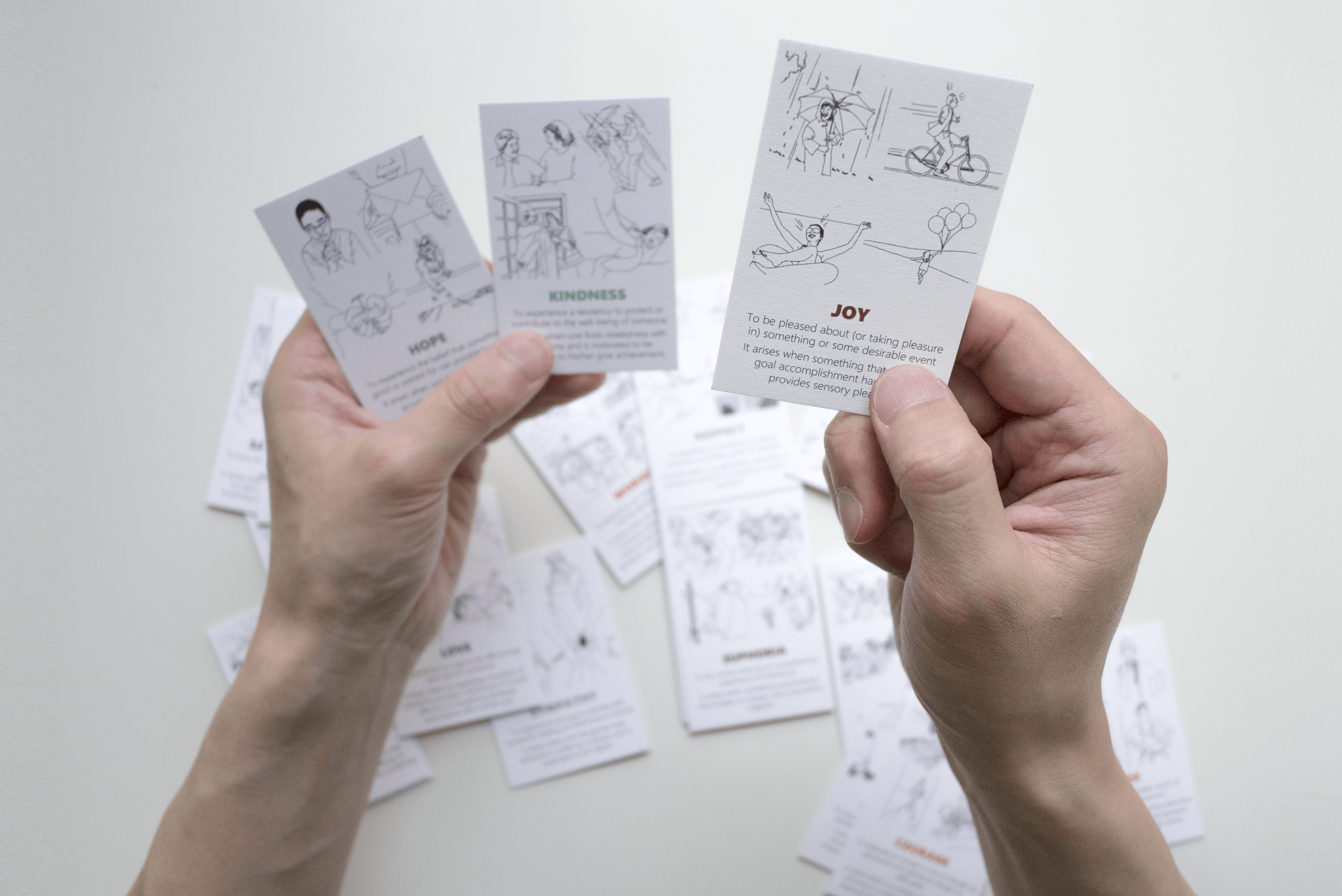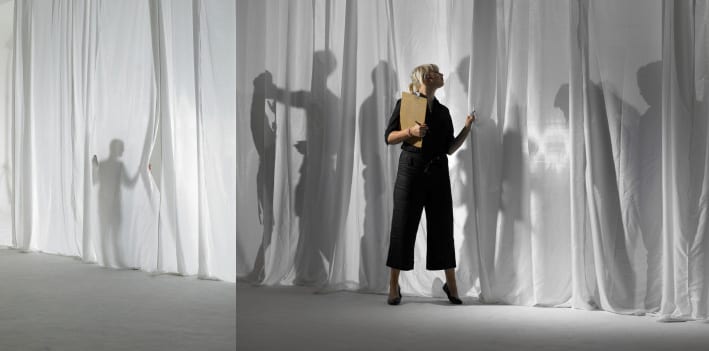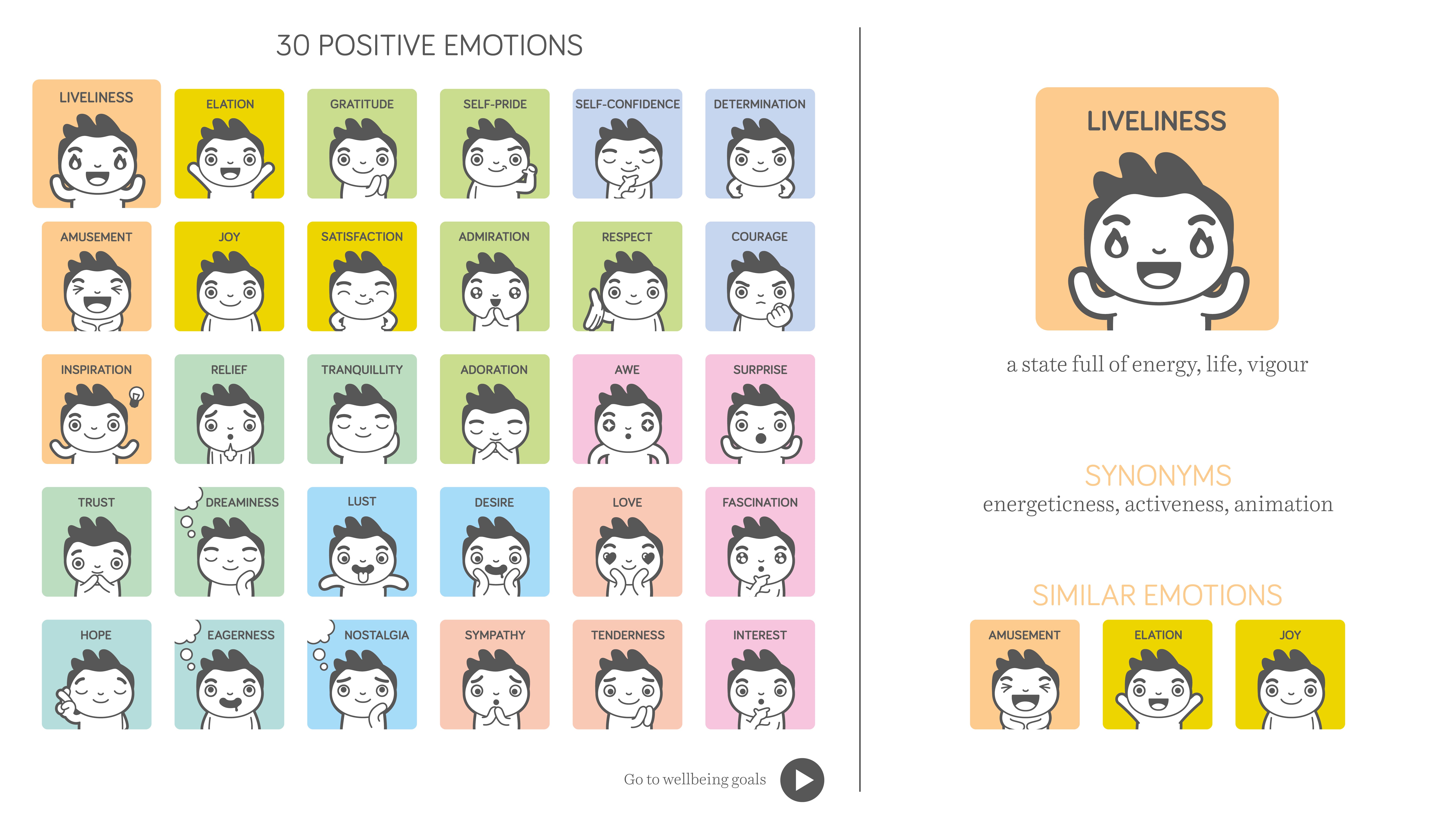
Researcher: Roby Michelangelo Vota
Involvement: Research advisor (chair: Dr. Stella Boess)
Research conducted at ID-Studiolab (Delft, the Netherlands)
Publication:
- Vota, R. M. (2015). Towards a holistic design for subjective well-being. Delft: Delft University of Technology.
In current approaches to Design for Sustainable Behavior (DfSB), the main focus is on “mitigating, controlling or blocking unsustainable or inappropriate behavior by users”. The concept of sustainability appears limited to restraining the environmental impact of behaviors, often at the detriment of people’s subjective well-being. However, personal and environmental well-being are not only compatible but even mutually supportive aspects of sustainability. Hence, a research was conducted to explore how design can address environmental sustainability and subjective well-being as complementary aspects of sustainability. Through observations of sustainability-related design activities, a series of key factors influencing the design approach emerged. Focusing on the factor ’empathy towards people’s positive experiences’, a design method and a set of design tools and techniques was developed to validate the effects of an experience-driven approach on the positivity of Design for Sustainability. The proposed method was built around three key points: (1) positive experiences as the focus of preliminary design explorations, (2) empathic understanding of the components and mechanisms underlying the experiences, and (3) exploration of short- and long-term effects of experiences on both personal and environmental well-being.
